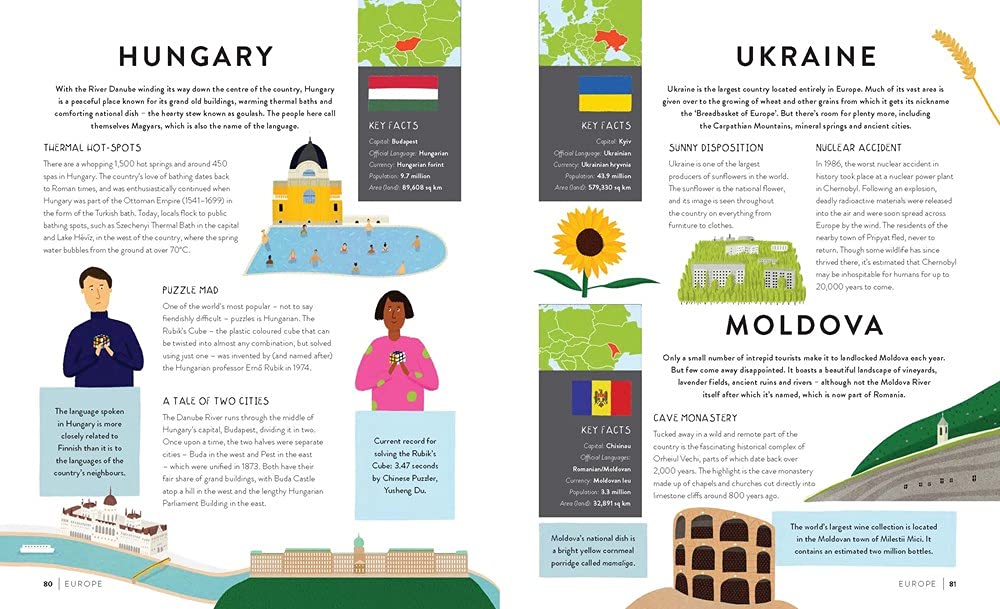When elementary school students get into the third grade they’ll start writing reports on basic subjects. It’s more than likely that those reports will center on an animal that probably has an unusual name or disgusting characteristic. Unfortunately for the students, they all can’t do their report on the Rainbow Dung Vampire Beetle. While it might be for the teacher’s sanity, they’ll limit the number of students that can do reports on a certain thing. Fandex Kids, Facts That Fit in Your Hand covers 49 main examples of a subject on one sturdy piece of cardboard.


















 Facebook
Facebook Twitter
Twitter Flickr
Flickr GooglePlus
GooglePlus Youtube
Youtube